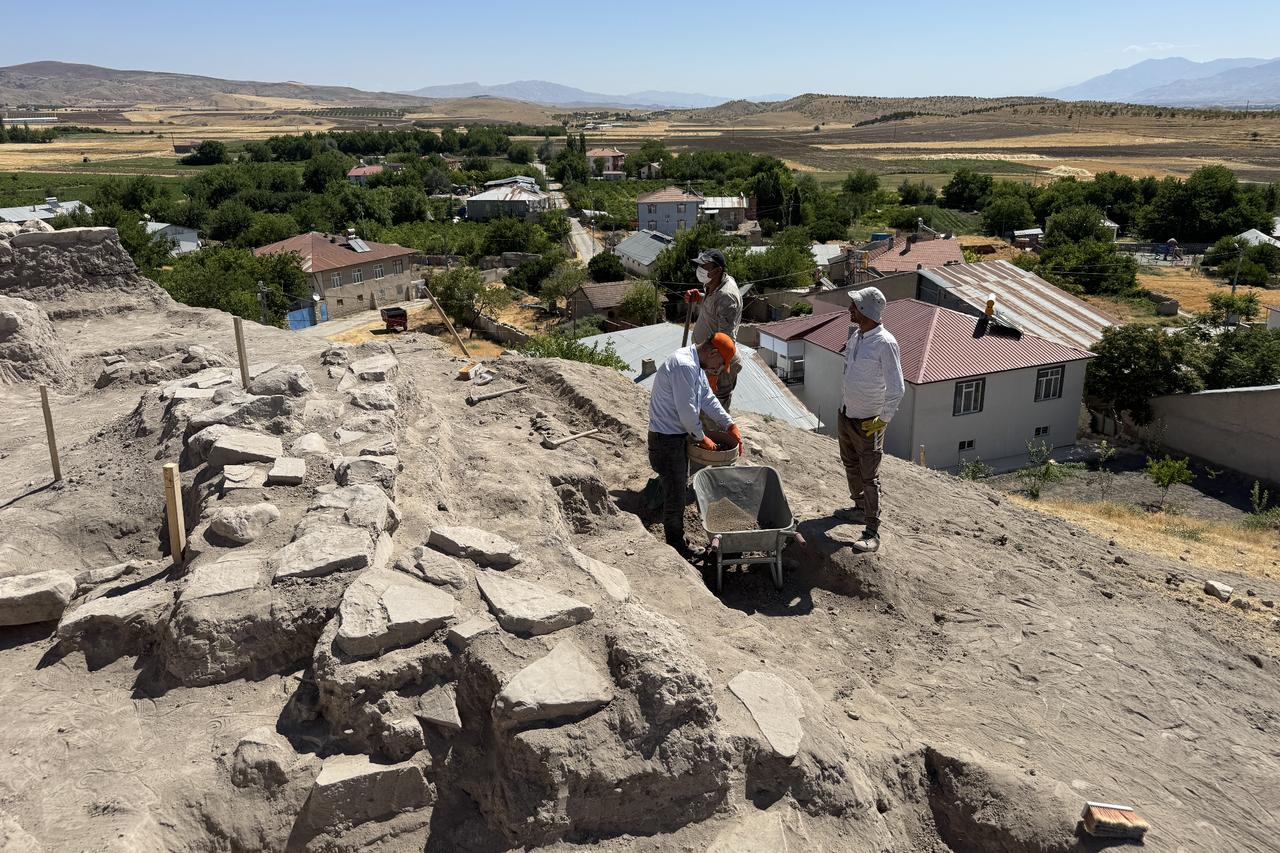
Archaeologists working in eastern Türkiye have uncovered a 6,000-year-old temple believed to be the earliest religious structure ever discovered in the Elazig region. The excavation, carried out at Tadim Fortress and Mound, offers rare insights into the ceremonial, social, and urban development of one of Anatolia’s oldest known settlements.
The dig, led by Türkiye's Ministry of Culture and Tourism in collaboration with the Elazig Museum Directorate and local authorities, is centered in the heart of Tadim village. The site features a mound and fortress rising nearly 35 meters, stretching across a surface area of approximately 210 by 160 meters.
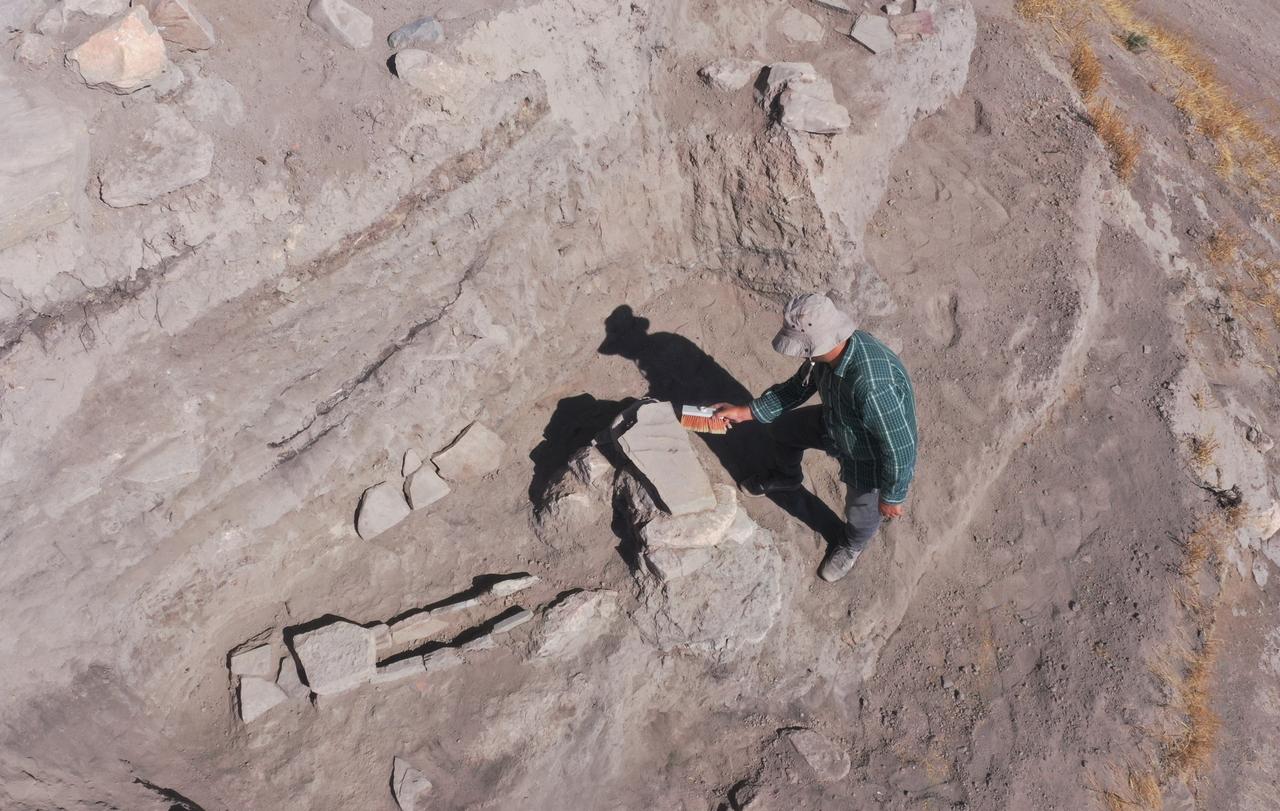
This year’s excavation focused on a section labeled Area 80–81, where archaeologists unearthed structural remains that date back to the Late Chalcolithic and Early Bronze Ages. Among the most striking finds was a designated temple zone with clear indications of sacrificial rites.
Within the temple area, researchers found a carved stone altar showing traces of knife marks, alongside a trench referred to as a "blood channel," which contained both animal and human bones. This combination suggests the site was used for ceremonial offerings to deities. Officials believe these findings point to an early religious practice in which both humans and animals were ritually sacrificed.
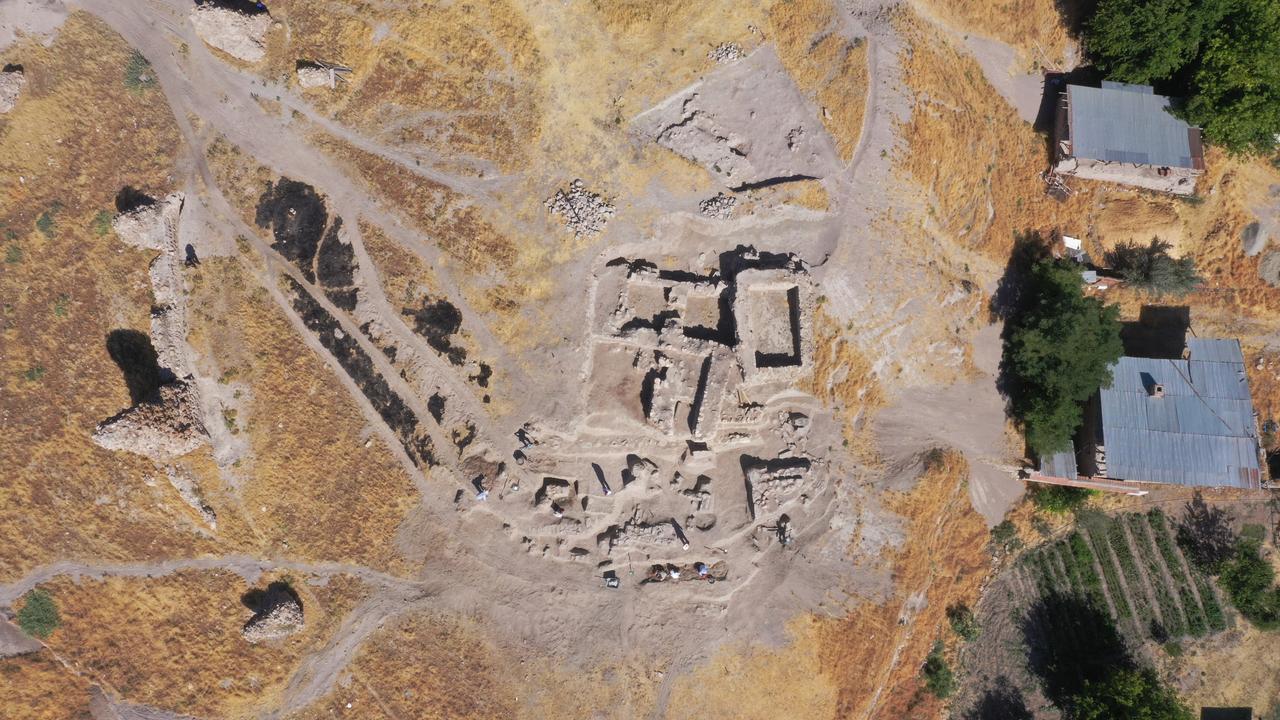
The temple complex also included a series of architectural features thought to have served cultic purposes. These included four platforms assumed to be offering podiums, a sacred hearth, and a variety of domestic and ritual objects. Among the items discovered were seal stamps used in agricultural exchanges, finely crafted ceramics of Nakhchivan style, arrowheads, loom weights for spinning wool, and fragments of idols—stylized figurines made of stone, clay, bone, or wood likely used in devotional acts.
Officials described the discovery as a breakthrough in understanding how ancient Anatolian communities engaged in spiritual life. "This year we uncovered what can be called the first temple of our region," said Ahmet Demirdag, Provincial Director of Culture and Tourism. “It sheds light on 6,000 years of regional history and offers new knowledge about religious practices.”
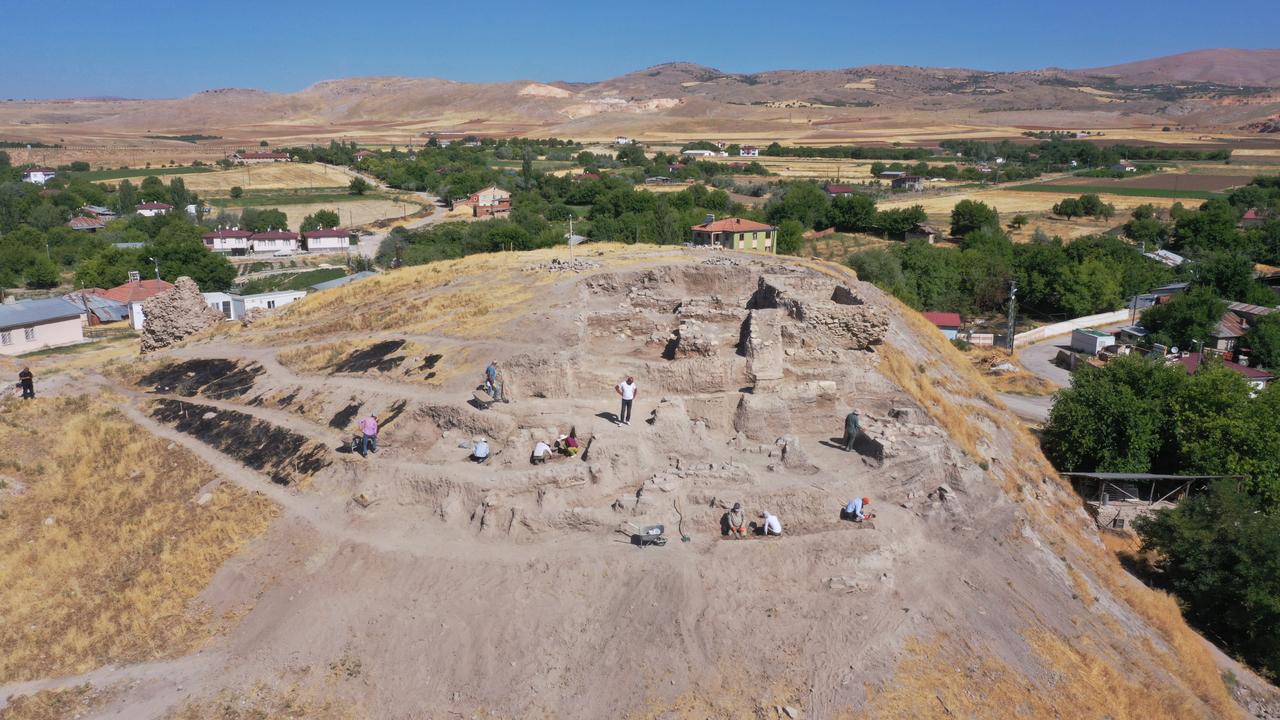
The excavation team also emphasized the architectural layout of the settlement. Project director Ergun Demir noted that most structures in the area were made of rubble or roughly worked stones, with adobe brick walls built atop them. This construction method offered resilience against invasions and natural disasters.
Demir also pointed to signs of increased urbanization in the ancient settlement. The presence of closely spaced buildings and shared walls in excavation units 80 and 81 suggests that Tadim experienced a period of dense, planned development—an indication that early urban forms were emerging alongside religious institutions.
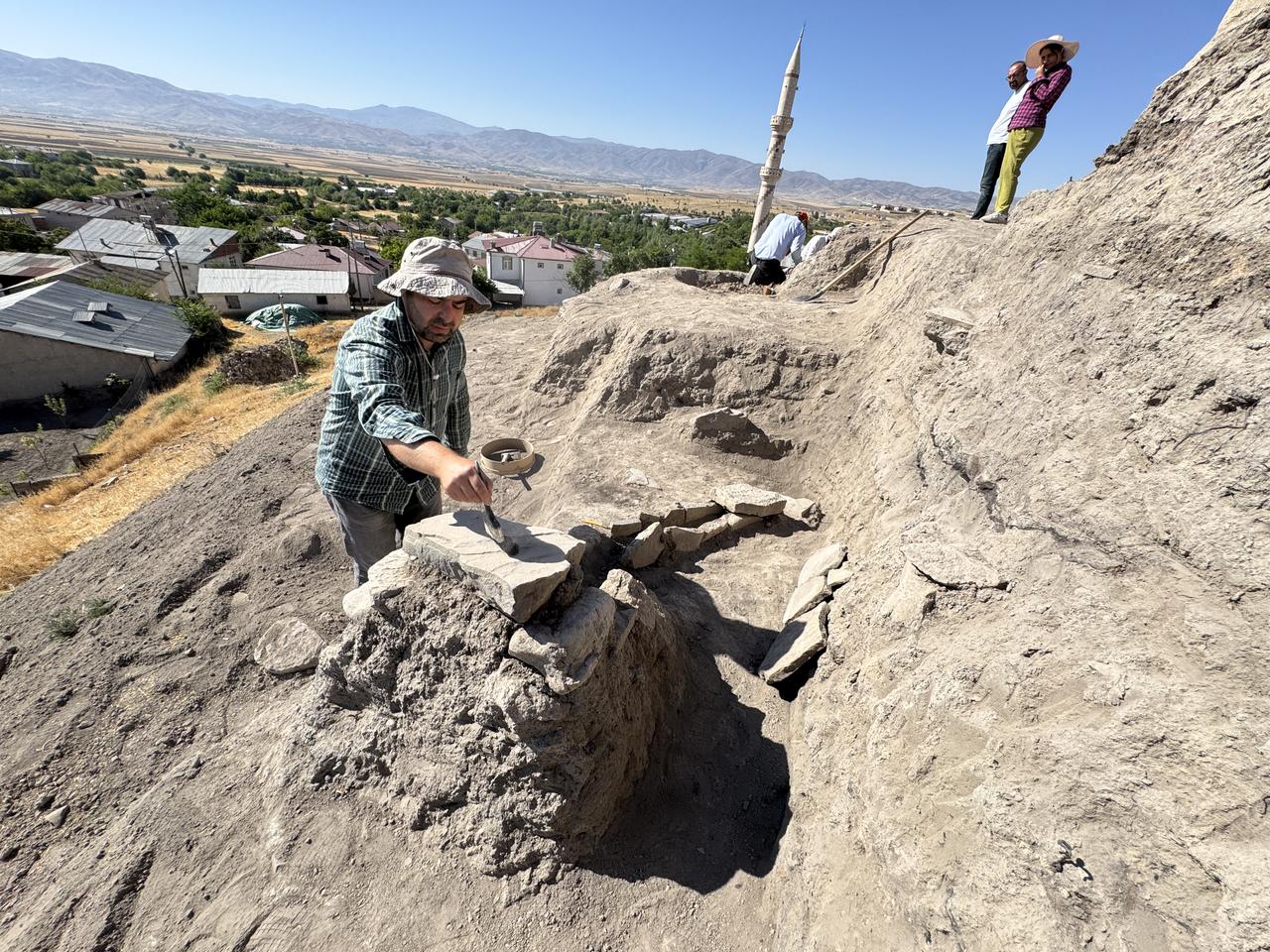
The excavation at Tadim is part of a broader archaeological effort in the Elazig province, which also includes ongoing digs at Harput Fortress, Palu Fortress, and Salkaya village. With each layer unearthed, archaeologists continue to reconstruct a clearer image of the cultural, economic, and spiritual lives of the region’s earliest inhabitants.
As work continues, researchers are hopeful that deeper layers of the site will reveal even earlier traces of settlement, pushing the known boundaries of Anatolian history further into the past.